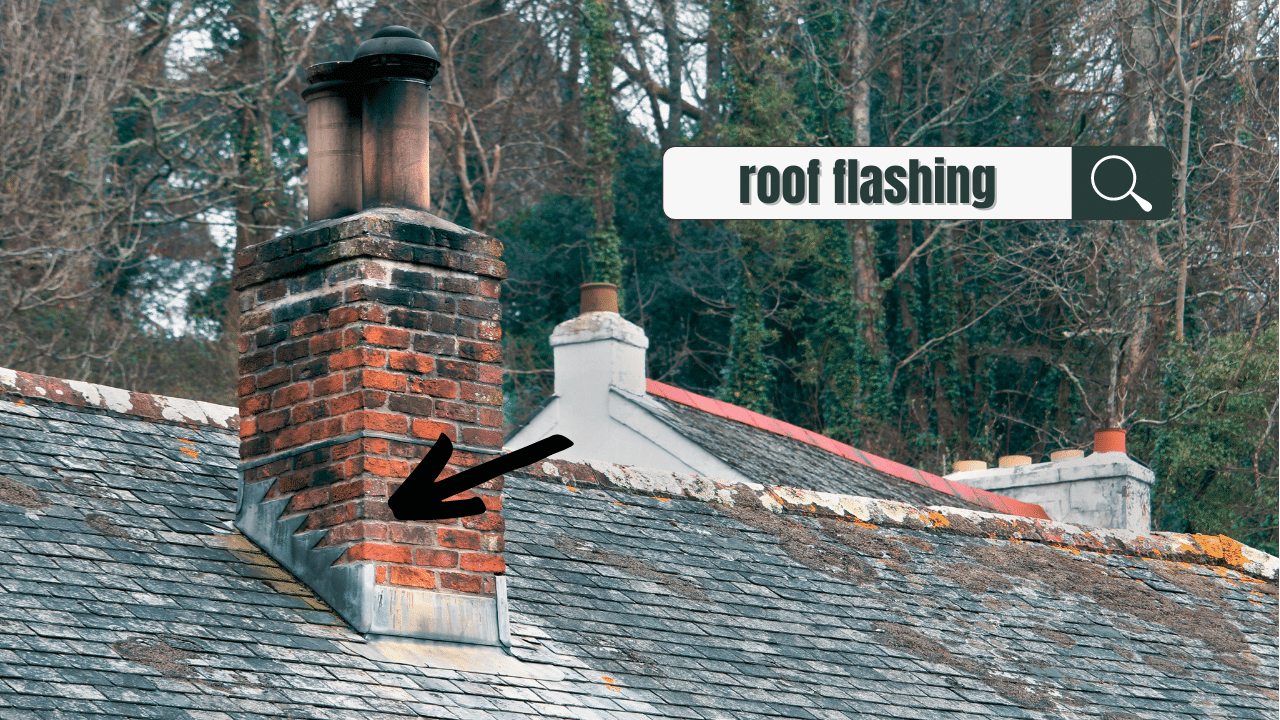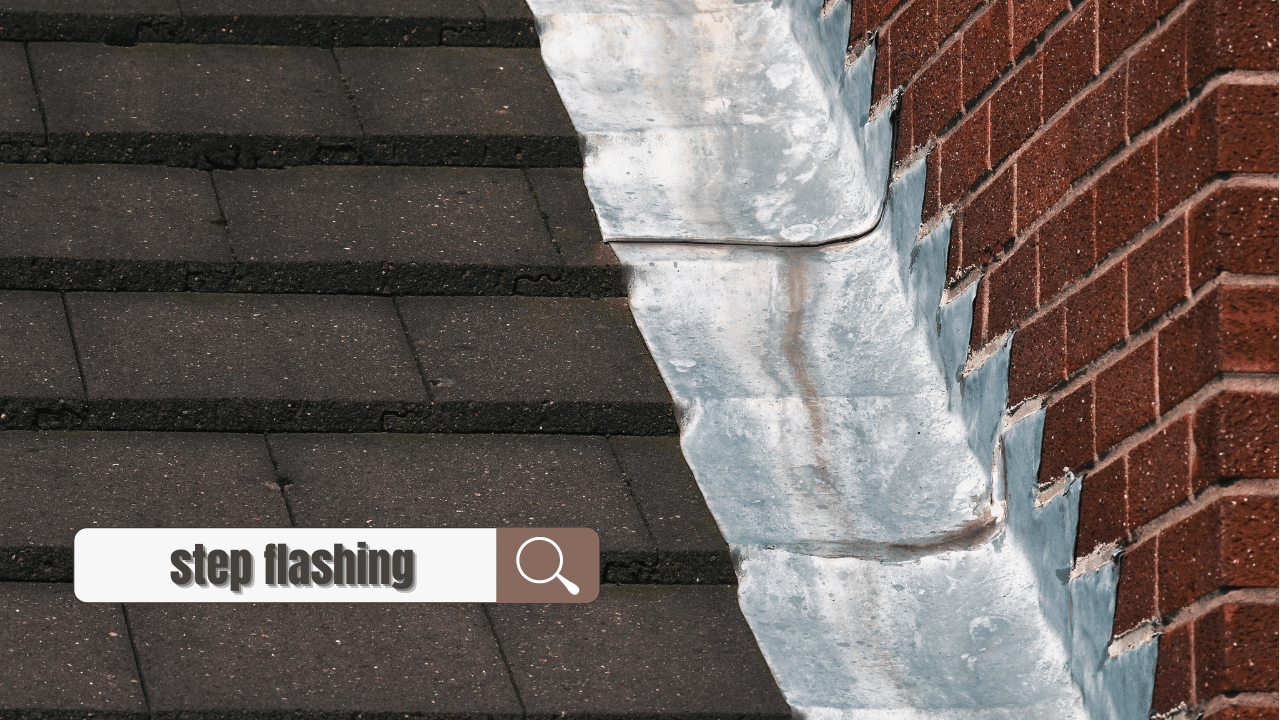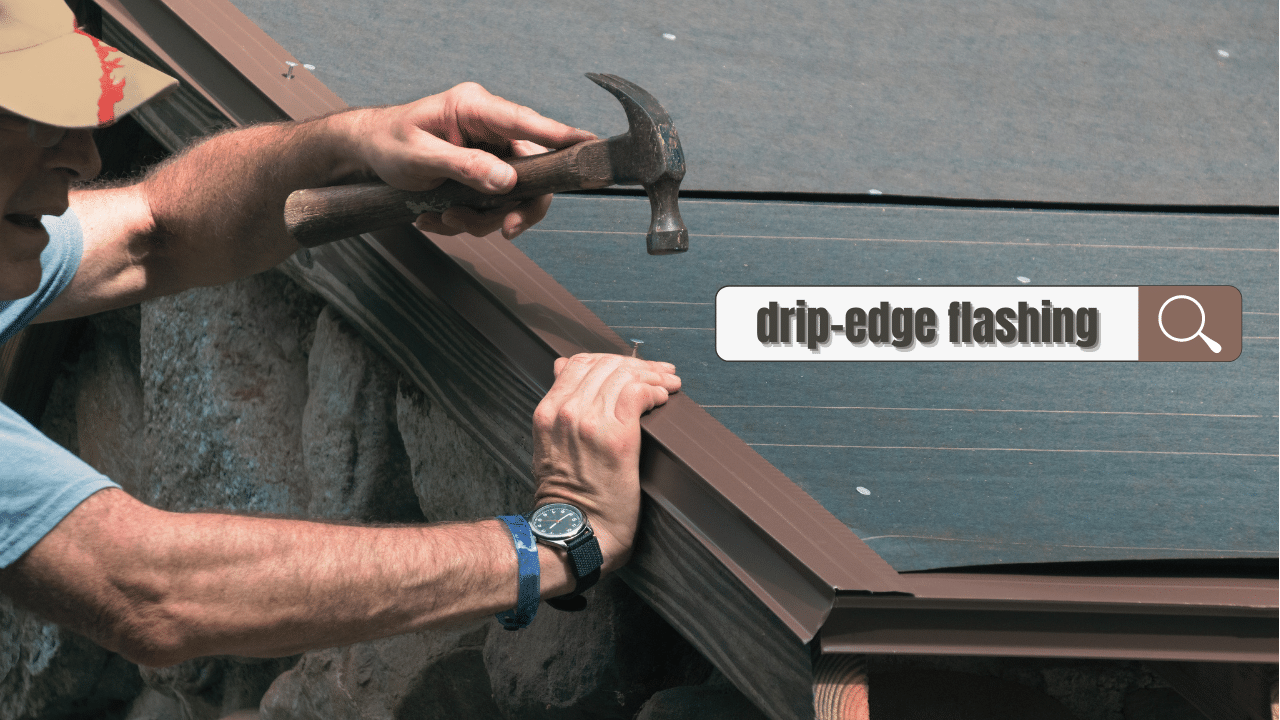Buying or constructing a house is a huge financial undertaking that will require a long-term investment in maintenance and care if you want to preserve the value of your home and ensure the safety and comfort of your family living in it. As a homeowner, one of the soundest investments you can make is in roof maintenance.
Roofs are built to last for a long time but with proper maintenance, they could even last for much longer. Paying careful attention to the small issues with your roof and spending on minor repairs will spare you the trouble of having to shell out more money later on for a whole-roof replacement. And one of the critical aspects of roof maintenance that you need to pay close attention to is repairing or replacing your roof’s flashing.

What is Roof Flashing?
Roof flashing is a thin material made from corrosion-resistant metal that is installed on the roof of a house to block water and preventing other elements from finding their way through the vulnerable crevices and areas of the roof. Flashing is set against a vertical surface that intersects with the roof such as a wall, a dormer, vents, skylights, and chimneys. Without roof flashing, your home is more prone to water leaks which may lead to significant water damage to the interior of your home. (Related: Roof Replacement Cost Guide: How Much Does A New Roof Cost?)
Types of Roof Flashing
Different housing designs come with different roofing types that are built with a variety of roof features that require adequate weatherproofing. The types of flashing installations and how they should be installed depend on these roof features. Here are some common types of roof flashing that you should know as a homeowner:
Apron Flashing
Also known as continuous flashing, this type of roof flashing involves a long, single strip of metal that is installed on the roof to direct the downward path of water towards the shingles or into the gutter. Because of its length, it is installed with built-in expansion joints that provide the flexibility to adjust as the house stretches and contracts due to the ever-changing weather conditions. Without this feature, the metal placement would eventually deform and fail to protect the house from roof leaks. Apron flashing is usually set up at the base of chimneys and dormers.

Step Flashing
Designed for roof-to-wall flashing, this is a rectangular sheet of metal folded at a 90-degree angle in the middle. The installation requires multiple layers of flashing aligned with the shingles of the roof so that the water is diverted away from the wall. Aside from walls, this is also commonly used on chimneys.
Counter Flashing
Similar to step flashing, counter flashing is installed on walls and on chimneys. A step flashing is more visually apparent than counter flashing on the roof. The main difference between the two is that in counter flashing, the top layer is a continuous strip installed opposite or above the base flashing and is latched onto the mortar joint of the brickwork. Its main design is meant to serve as a protective layer to divert water away from the chimney or wall and let it flow down the roof or redirect it to the gutter.
Valley Flashing
Valley flashing is an essential part of a roof flashing system as it protects the valley that forms where two slopes of a roof meet. Usually made of metal flashing, it routes the water running down the roof and right into the gutters. In some cases, another underlayment lining is installed using layers of rolled roofing.
Kickout Flashing
Kickout flashing, also referred to as diverter flashing, is a specialized installation where the lower area of a roof’s slope intersects with the wall cladding. It prevents rainwater from accumulating and penetrating the exterior walls by literally kicking out the water towards the gutter.

Drip-Edge Flashing
A drip-edge flashing is a metal roof flashing that is set up at the edges of the roof to veer rainwater away from the fascia and to deter it from penetrating the roofing components underneath. Also known as a gutter flashing, its installation is recommended if you want to protect the walls and sidings of your home.
Types of Roof Flashing Material
It is important to remember that building codes typically require homes to use a specific material for the roof flashing. That’s why it is best to consult with a contractor or a professional first before choosing the metal to use for the roof flashing of your home. But here are some of the more common roof flashing materials used by roofing professionals:
When Should Roof Flashing Be Replaced?
When installed correctly and using the right, corrosion-resistant material, roof flashing is meant to last for a long time, if not even longer than the roof itself. The typical life span is about 40 years. And so, if it’s already time to install a new roof for your home, then it’s probably already time to replace the flashing as well. There are cases, however, when you can still reuse some of the original flashings. That is why proper maintenance and regular inspection are still very important to ensure longevity and to save costs in reinstallation or replacement.
So, what are the tell-tale indicators that your roof flashing might need repair or replacement? Here are the basic signs that you should know:
How Much Will it Cost to Replace Roof Flashing?
The cost to repair or replace the flashings on your roof depends on several factors: the type of roofing you have, the type of roof flashing, the material to be used, and the extent of the flashings to be repaired or replaced.
Roofing professionals generally charge around $15 to $25 per linear foot for roof flashing, which covers the cost for the new flashing and the caulking.
On average, However, roof repairs requiring major flashing replacement can cost somewhere between $1000 to $3000. Moderate repairs such as total flashing replacement might set you back from $300 to $600. However, certain types of roof flashing are more expensive to fix. For example, flashing replacement around skylights and larger chimneys could cost upwards of $1000.
Roofing contractors may charge lower “per-linear-foot” pricing for larger roofing projects. The timing of your project is also an important factor to consider as the demand for roofing labor and materials also varies season to season which may result in price fluctuations.
Can you DIY Roof Flashing Replacement?
Whether you should replace or repair the roof flashing yourself or seek out the services of a roofing professional depends on the skills you have and the time and resources you can dedicate to familiarize yourself with how to do it correctly. In theory, a DIY project might save you a lot on labor costs but any mistake you make may lead to more damage to your roof. You might end up having to spend more money than you should have in the first place.
While going the DIY route might make sense for minor flashing repairs, you should at least have a trained eye to inspect your roof to make sure that there are no major underlying problems that would remain unnoticed. And keep in mind that there are certain types of roof flashing replacements that are too difficult and time-consuming for you to undertake as a homeowner that they would be best left to hired professionals.
Roof flashings may not be the most eye-catching aspect of your roof, but you must never underestimate their importance. Flashings help ensure that your house remains leak-free, but they are vulnerable to weather and other elements and do corrode or deteriorate over time. If they are not maintained well and fixed correctly, water leaks may go unnoticed and cause serious damage to the house. That is why roof flashing repair or replacement is a sound investment that would assure the safety and the value of your home for the long term.
